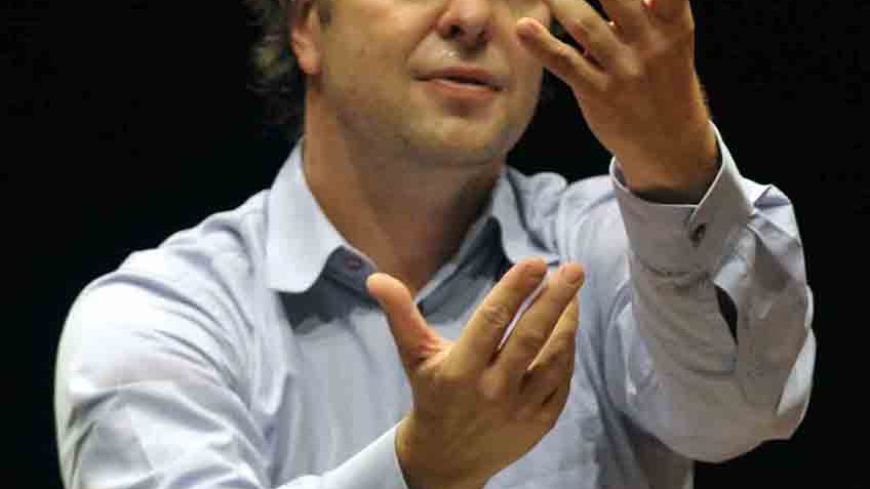
It was somewhat disappointing, for this reviewer at least, for what is in effect Finland’s national orchestra to make its first appearance at the Edinburgh International Festival with a programme devoid of even a token glance at the country’s renowned composer. Particularly as the orchestra produced the only known recording of Sibelius as a conductor.
Disappointment disappeared quickly as the orchestra, fresh from a concert at home only two days ago, launched into a well-balanced programme of works by Neilsen and Wagner. There must have been disappointment, however, for the orchestra and conductor seeing rows of empty seats in the Usher Hall.
Neilsen’s extensive works are not widely performed in Britain, nor does their comparative rarity make them a sure-fire draw. But he has devotees and the scintillating Finnish orchestra performance – particularly in the symphony – revealed the Danish composer’s merit and the strength and skill of the musicians.
The prolonged vociferous applause after the major work of the evening, Neilsen’s Fourth symphony, evidenced audience appreciation. Shrieks, whistles and thunderous foot-stamping are far from normal at classical concerts in Edinburgh. Conductor Sakari Oramo established instant rapport with the audience by his sensitive but firm control of the opening work, Neilsen’s Helios overture. The extremely pianissimo, almost inaudible, start to this account of the sun’s daily journey rose though robust portrayal of intensifying power declining through inevitable descent to a gentler “dying fall” at dusk and sundown.
The “Inextinguishable” symphony was more complex and an animated Oramo released the utmost skills from each section of the orchestra. A composition embodying classical influences and forward-looking ideas, the whole evoked the tumult of the early First World War and Nielsen’s emotional turmoil at the time of writing.
Unlike most symphonies, the four movements were played without a break. The sheer volume of the music, nearing dissonance on occasion, was outstanding, as was the final movement “duel” between two tympanists perched above the orchestra on opposite sides of the platform.
Expectations were high of the Wagner Lieder.
Mezzo-soprano Petra Lang – whose musical life began as a violinist before she trained as an opera singer –came to the Festival with a deserved reputation as a sensitive Lieder interpreter, with particular excellence in pieces by Wagner and Mahler. In the event, her Usher Hall performance was surprisingly low key. Technically her singing could not be faulted but only in two of the lieder did she convey the emotion inherent in the settings Wagner wrote for poems by his presumed lover, Mathilde Wesendonck. What could have been the high point of the concert was lost in an almost immobile stance and a stolidness, except on rare occasions, of expression.
At the end of the concert, Sibelius did have a role. “Tonight we have played for you Danish and German music”, Oramo told the audience. “But after all we are a Finnish orchestra and we have a wee waltz for you.” As he turned to the players, out came the familiar opening bars of Valse Triste.
When the renewed applause subsided, the conductor said: “And now another smallpiece, The Cranes”
Both pieces were from incidental music by Sibelius for Kourmela, a play written by his brother-in-law Arvel Jarnefelt.
Show time 16 August 2010

